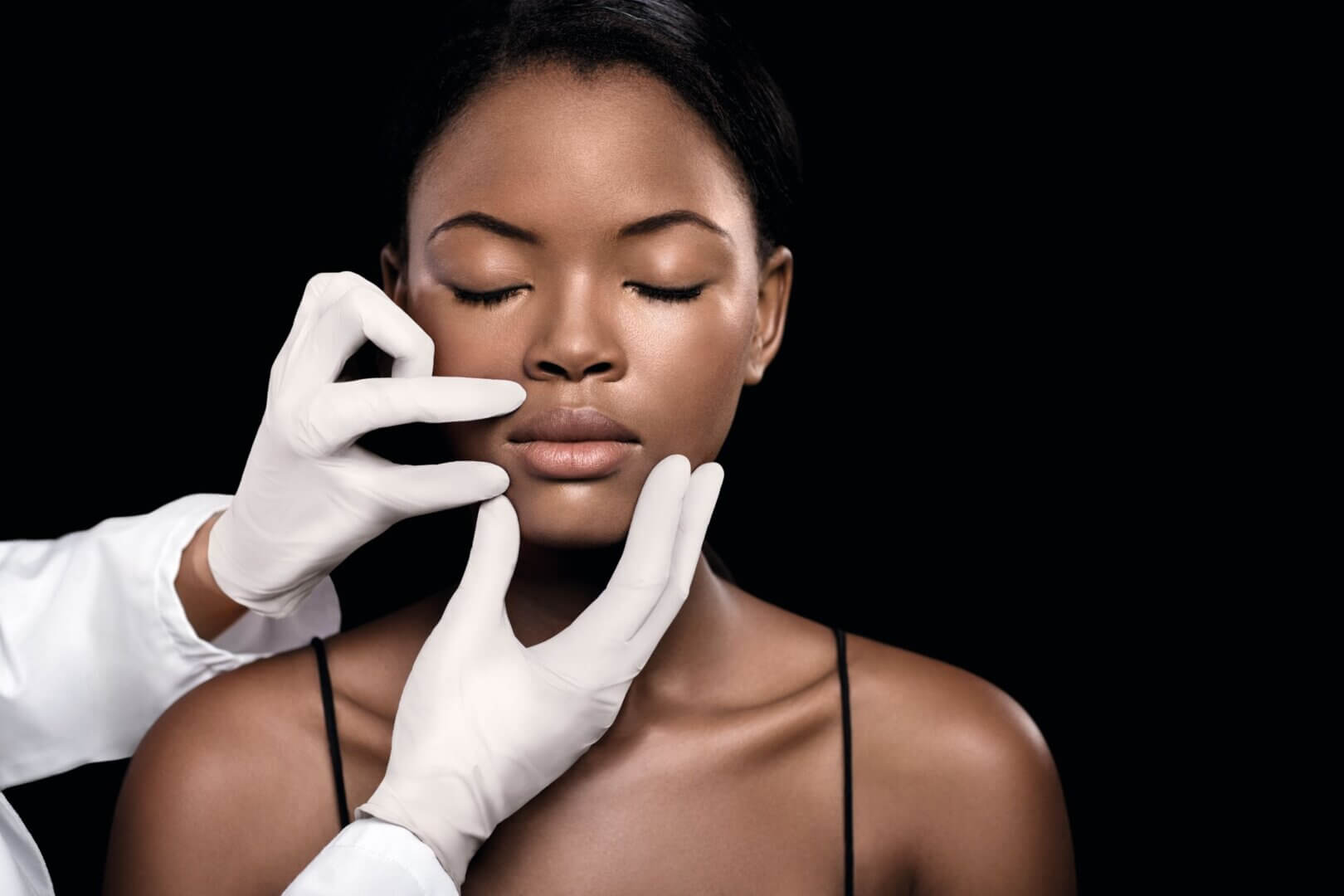
FILORGA: creams recommended by dermatologists
May 14, 2025 - Choose your product
To develop effective treatments, our specialist scientists work closely with aesthetic doctors from our scientific committee. This approach means we can stay at the forefront of the latest advances in research and offer our consumers products renowned for their effectiveness and superior feel.
FILORGA has shared a close bond with dermatologists for over 40 years
To understand our close relationship with dermatologists and aesthetic doctors, it’s worth looking at the origins of Laboratoires FILORGA.
Our story begins in 1978 in Paris in the visionary mind of Dr. Michel Tordjman, a French dermatologist with a passion for cell biology. At the time, only a limited number of techniques existed in aesthetic medicine, and most of them failed to deliver satisfactory results. After years of research into skin aging, Dr. Tordjman developed a unique injectable polyrevitalizing solution capable of improving the main factors that determine skin quality.
This proved to be such a success that numerous doctors and dermatologists would come to get the products directly from the laboratory. In the early days, this was how FILORGA grew its business: designing and manufacturing injectables.
We are proud of our origins, and to further develop our cosmetic products, we continue to nurture our relationships with partners in the medical sector, as it is vital for us to be in contact with doctors and to have our cosmetic treatments recognized by professionals in skin health. The result is that our cosmetic products are recommended by many dermatologists and aesthetic doctors and, in some countries, are sold directly from doctors’ practices and even prescribed directly by doctors to their patients.
Treatments developed with the support of aesthetic doctors
To be able to provide our customers with the highest quality products, we always rely on medical expertise in the development of our cosmetic treatments. We constantly consult our scientific committee throughout the formulation and manufacturing processes of many of our products, gathering their opinions on the concept, cosmetic ingredients used, study protocols, and results regarding product effectiveness.
Today, our unique anti-aging products draw inspiration from techniques used in aesthetic medicine.
For example:
-
The active ingredients in our flagship formula, NCEF [New Cellular Encapsulated Factors], are inspired by those used in aesthetic injections: hyaluronic acid, vitamins, amino acids, antioxidants, etc.
-
We use peptides inspired by botulinum toxin injections.
-
We incorporate the hydroxy acids found in facial peels into our cleansing and anti-imperfection formulas.
We enhance our creams and serums with plant-derived growth factors, drawing inspiration from PRP injections.
FILORGA's commitment to scientific rigor: the very best moisturizers and anti-wrinkle creams, all designed with your skin in mind
When we design a treatment, our approach is based systematically on the latest advances in scientific research. Our master formulators keep track of scientific developments throughout the year. They scrutinize new studies and findings published in scientific journals specializing in cosmetology, dermatology, and aesthetic medicine.
We also participate in international conventions on aesthetic medicine in order to gain a proper understanding of the expectations of professionals, present the results of our research and our product effectiveness tests, and consolidate our scientific credibility. During these events, our skin experts attend conferences to ensure we don’t miss out on any of the latest innovations.
But research and formulation are meaningless without rigorous effectiveness and safety testing. This is why, in order to meet our stringent quality standards, our products undergo:
-
In vitro and ex vivo laboratory tests to analyze the mechanism of action of our products, such as increased hyaluronic acid levels in the skin or the antioxidant benefits of a particular active ingredient.
-
Clinical trials on volunteers, during which independent dermatologists evaluate results by observing changes in key skin criteria such as hydration levels, skin barrier strength, wrinkles, etc. They also assess skin tolerance and product effectiveness on different skin types, like sensitive and dry skin.
-
A self-assessment questionnaire, which is completed by the volunteers, allows feedback to be gathered regarding the use of the product.